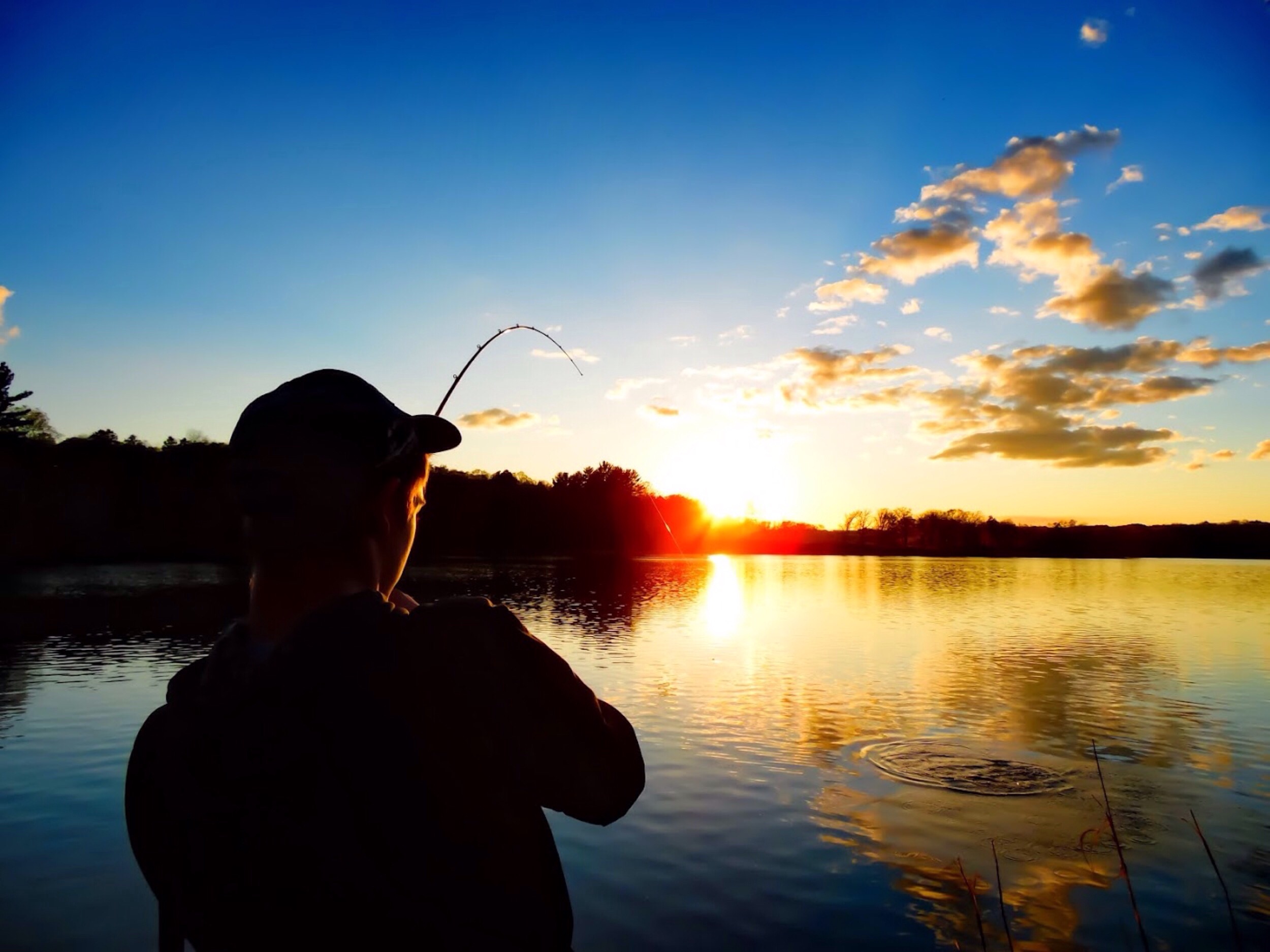Conservation discussions nowadays, particularly those on social media, might lead many to mistakenly believe that people are mostly polarized in their views and that land outside of cities is either pristine nirvana or pillaged ecological disaster zones.
When instead, there is a huge spectrum of land uses and user priorities present in any area. And even ones that some may initially perceive as universally negative can contribute in certain ways.
They can either collaborate or conflict with each other, and what also happens simply collaterally determines what conservation challenges and contributions there can be.
In North Dakota, as in many other mostly rural USA states, many small towns remain in existence because of their ability to derive significant revenue from a variety of outdoor interests.
A major one is that of sport fishing.
Sport fishing is typically done in a recreational instead of a subsistence sense, although many anglers do fish often enough that what they catch and keep is a significant part of their diet.
In the United States, fishing is a state-regulated activity, requiring licenses and observance of various laws and restrictions.
Fish are considered valuable, renewable, natural resources whose sustainable maintenance in waterways is of great importance, ecologically, economically, recreationally and culturally.
Fishing, just like hunting, involves killing fish. But not always. Many people fish and hunt simply because they enjoy all the actions and efforts that such pursuits require.
Any kills, when they happen, are typically a very small fraction of the entire experience and the take is regulated to not deplete the resource.
Because, after all, if you want to continue to fish or hunt, you must have the fish or wildlife to pursue. And, just as in hunting, some anglers specifically target trophy fish. Aged specimens who have also attained superior size.
In a reel world example, then, where sport fishing is a major activity that drives local, rural economies, is it only that lands are utilized for fishing? And is it only that people are either pro-fishing or anti-fishing? Of course not.
Riverdale, North Dakota is a good illustration of this diversity of outdoor pursuits and land uses. Population approximately 200 people, some of whom vacate the town for warmer climes each winter.
Built on the shores of Lake Sakakawea, the fourth largest man-made reservoir in the United States, when the Missouri River was altered by the creation of the Garrison Dam, completed in 1953. The dam’s purpose is to control flooding and produce hydroelectric power.
Collaterally, it now provides recreation for many residents and tourists. People who come specifically to fish as it is a highly desired angling destination, but others who simply enjoy boating or other water sports as well.
Campgrounds are often fully booked, months in advance, and the few hotels in the vicinity remain busy. Restaurants and bars are supported, and local residents enjoy being gainfully employed, if even only on a seasonal basis, as there are no industries or large-scale businesses in the town.
And state governments earn revenue from not only state park campsites and daily user fees, but also from the licenses required to fish.
That is not all the ways that this area is utilized by people who value the outdoors. Both state and federal government-controlled lands immediately adjacent to the dam area are designated wildlife lands, protected as such via mitigation requirements when the dam was built.
These are places where people can hunt, birdwatch, hike, engage in nature photography, exercise their dogs, or simply sit quietly and enjoy the beautiful sunsets along the river.
Within a 50-mile radius of this delightful, yet not iconically scenic area that is enjoyed by many, there are coal mines, gravel and sand extraction pits, commercial and hobby farming acres, livestock grazing lands, roads ranging from gravel to paved, utility lines, cell phone and other communications towers, wind turbines, larger towns, farmsteads, and many other land conversions or structures that prioritize human uses of the land over simply supporting wildlife.
A universal truism around much of the globe.
Yet this region of the state, like so many other similar areas, remains very attractive to and very supported by people interested in the outdoors.
Primarily people who fish and hunt, as these activities require direct monetary inputs and responsible management of the resources involved. Yet all the other aforementioned users can enjoy their more indirectly contributing preferred activities too.
Why does this mish mash, seemingly incongruous assemblage of user groups and land ownership/utilization programs continue to be able to support nature as well?
Because the people inhabiting and recreating in these areas understand that it is unrealistic to expect that land will not be utilized in any way. And that any utilization, if one wants to continue with it, must be done with at least some enforceable regulations, restrictions or restraints that protect the land from being abused, degraded or depleted.
It is also acknowledged that because no one land use or user group’s interests can absolutely fully support any area, that there will be a medley of practices that will limit how much nature can prevail.
No one in a place such as Riverdale is campaigning for the banning of sport fishing. It is unparalleled in the area due to the creation of a dam decades ago that now has spawned more than just fish. And has attracted more than just anglers.
Granted, here in the USA, most residents do not face the challenges that many people in other parts of the world unfortunately do, such as abject poverty, food insecurity, the effects of war, etc.
And we have many programs to subsidize, mitigate, insure, and buffer against disastrous circumstances.
But that should be an important part of our conservation conversation considerations too – that no area is fully, directly comparable to another. And that, just as in nature, allowing for at least some level of diversity is typically the best approach for sustainability.


